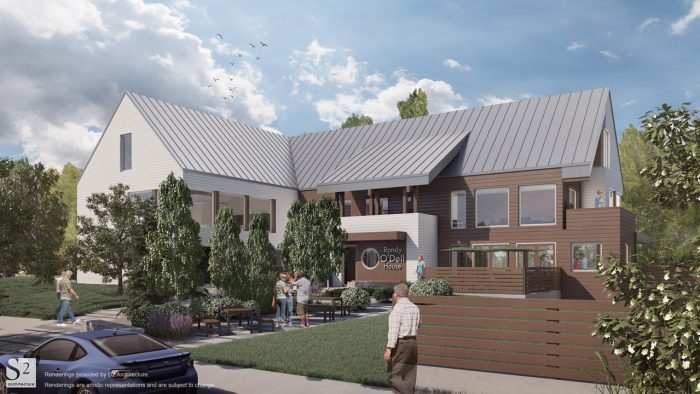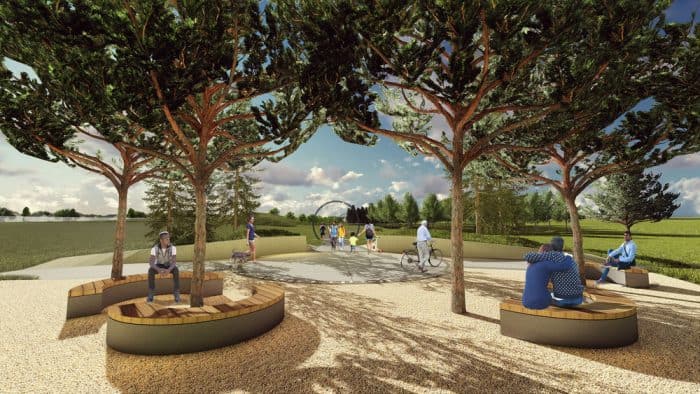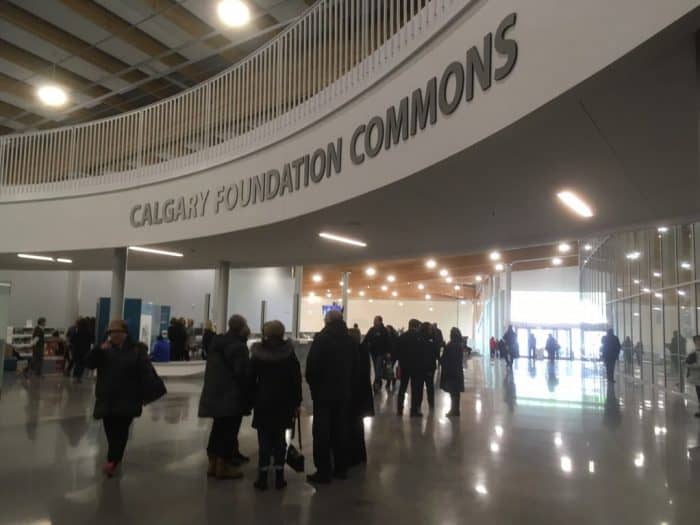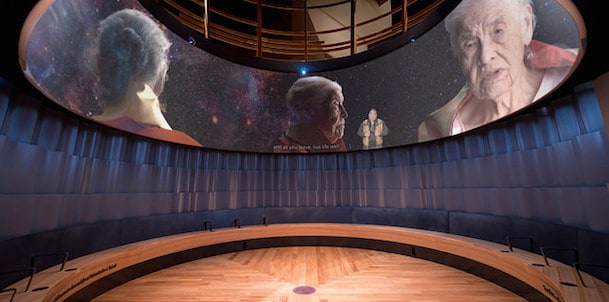Major & Signature Grants assist qualified donees in all parts of the charitable sector by providing grants to support single or multi-year, large-scale initiatives with transformational impact that broadly enrich the community in Calgary and area.
Eligible initiatives:
- Align with the Calgary Foundation’s mission, vision and priority areas
- Positively impact our community by addressing major issues and encouraging participation in charitable activities from a great number of people
- Encourage innovative partnerships and collaboration
- Are at an advanced stage of readiness
- Demonstrate good planning, a firm case for financial support and sustainability, organization resilience, and secure leadership that demonstrates trusted relationships, significant or unique reach in community and capacity to drive change
- Significantly enhance the Calgary Foundation’s ability to serve as a philanthropic leader
The Major & Signature Grants program can only accept applications from registered charities and other qualified donees. Go to the Canada Revenue Agency’s Charities Listings website to determine whether your organization is a qualified donee. If you are not a qualified donee, it may be possible to apply in partnership with a registered charity. Check out the Better Together guide for more information about working in partnership.
The proposed initiative must significantly benefit Calgary and area communities, which includes Calgary, Banff National Park, Canmore, Rocky View County, the Municipal Districts of Big Horn, Foothills, Kananaskis and Wheatland, and the surrounding First Nations of Treaty 7 territory.
Next grant intake:
Applications are accepted once per year. The next deadline is November 1st.
How to apply:
Review the program guidelines carefully.
These resources are designed to support the program guidelines.
Please click here to schedule a Major & Signature Grant conversation with Ingrid Wasylyshen, before September 15th. It is important to discuss your project with us before applying.
Applications are accepted through our Online Grant Portal. You can access the portal by clicking on the Online Grant Portal button below. Grants staff are available to assist you through the application process.
You have the option of providing a fulsome case for support that was developed for other potential funders or donors. Please check with Grants Staff prior to submitting to ensure it meets the needs of the Major & Signature committee.
Grant Recipients
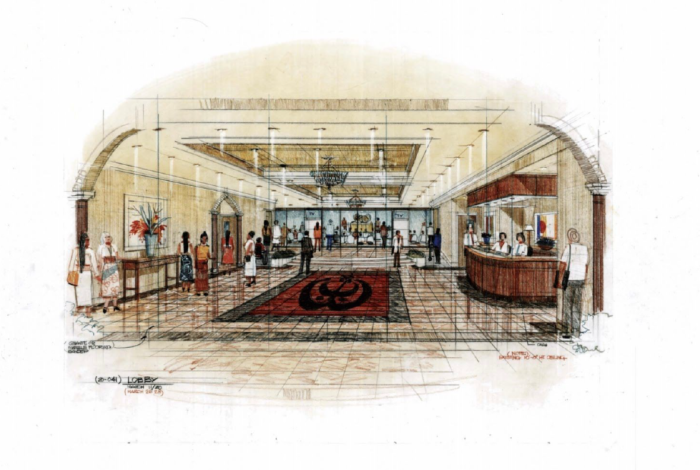 DCC’s success in acquiring the land and approval from City Council to build a Women Shelter is a big stride forward for the community. The building that the Women Shelter will be replacing is an old fire house which needs repurposing to have it continue serving the community forward. Dashmesh Culture Centre will use this property to house programs which will expand the DCC Food Bank and No Hungry Tummy Initiatives. In addition, through partnerships with Calgary Homeless Foundation and other great organizations, DCC is collaborating to assist homeless individuals in the area to find resources they require to assist them to find permanent shelter and a consistent source of food, shelter, clothing and financial assistance. Moving this property will give DCC a great advantage to run programs from our site which, while still at Dashmesh Culture Centre, will be a separate entity and provide a safe and private space for those who look for assistance but may be intimidated to visit our main location.
DCC’s success in acquiring the land and approval from City Council to build a Women Shelter is a big stride forward for the community. The building that the Women Shelter will be replacing is an old fire house which needs repurposing to have it continue serving the community forward. Dashmesh Culture Centre will use this property to house programs which will expand the DCC Food Bank and No Hungry Tummy Initiatives. In addition, through partnerships with Calgary Homeless Foundation and other great organizations, DCC is collaborating to assist homeless individuals in the area to find resources they require to assist them to find permanent shelter and a consistent source of food, shelter, clothing and financial assistance. Moving this property will give DCC a great advantage to run programs from our site which, while still at Dashmesh Culture Centre, will be a separate entity and provide a safe and private space for those who look for assistance but may be intimidated to visit our main location.
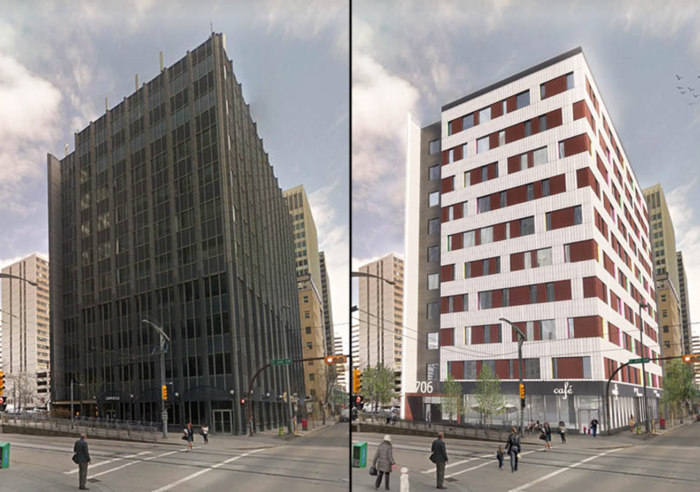 Homespace and Inn from the Cold are excited to present an innovative first-of-its-kind project to help address the affordable housing crisis in our city: Calgary’s first downtown office building conversion to affordable housing. Sierra Place, located at 706 7 Ave SW. This building is in a prime location, with easy access to transit and essential amenities. Within just 12 months, Sierra Place will provide housing for vulnerable populations including low-income families with children, single mothers, low-income seniors, Indigenous people and newcomers to Canada, leaving a lasting impact for residents and the greater Calgary community.
Homespace and Inn from the Cold are excited to present an innovative first-of-its-kind project to help address the affordable housing crisis in our city: Calgary’s first downtown office building conversion to affordable housing. Sierra Place, located at 706 7 Ave SW. This building is in a prime location, with easy access to transit and essential amenities. Within just 12 months, Sierra Place will provide housing for vulnerable populations including low-income families with children, single mothers, low-income seniors, Indigenous people and newcomers to Canada, leaving a lasting impact for residents and the greater Calgary community.
HomeSpace is partnering with with Inn from the Cold (IFTC) on this project, IFTC has been looking to relocate their downtown office space, emergency shelter, and some of their scattered-site housing. IFTC will operate a portion of the main floor, levels 2-4 and HomeSpace will control and lease the remaining portion of the main floor and levels 5-10, partnering with agencies to provide the resident support. Not only will these new affordable homes create dignity, safety, and an opportunity to thrive for more than 180 Calgarians in need, but the project will also simultaneously address Calgary’s office vacancy issue and create 160 jobs for the private sector and vibrancy and economic stimulation in our struggling downtown core.
Gateway is a collective approach to supporting immigrants to Alberta more effectively. Gateway simplifies a newcomer’s intake, standardizes their needs assessment and refers newcomers to best-fit services in their community through secured Gateway technology. Gateway uses an innovative concept that captures the newcomers’ priorities, capabilities, and needs to create a personalized plan. This plan refers them directly to each service that best meet their needs and circumstances. Newcomers share their story and their aspirations, once. Their services are coordinated from there. Follow-up and newcomer feedback is gathered as their needs evolve. Currently, only 4 out of 10 newcomers to Calgary access services. Gateway is reducing barriers and simplifying the process so that all newcomers are able to access services, and access them sooner, to lead them to a successful settlement journey. With 30+ partners and counting, Gateway is not only changing the services landscape for newcomers, but for the immigrant serving sector as well. Through Gateway technology, service providers are connected to one another creating feedback loops, reducing service delays, and cutting back on service duplication.
The Sunalta Community Association’s (SCA) programs and services are beyond capacity and the organization requires more space and funding to meet community needs. Its existing infrastructure includes an undeveloped lot and a small 100-year-old building that is inaccessible and energy inefficient.
The SCA is building a community hub to fund and deliver programming for Calgarians. The purpose-built facility will include a community kitchen, coffee kiosk, and programming spaces. The Hub will be a self-sustaining social enterprise where the income it generates supports free programs and services that address community-wide concerns of poverty, social isolation, and food insecurity; 27% of residents are new Canadians (27% refugees), 1 in 4 residents live on low income, and over 34% live alone. The community is also a food desert and residents self-report being food insecure.
Hub offerings will include social programs, community building initiatives, employment opportunities and training, and food education and distribution. The Hub will create welcoming and inclusive gathering spaces, engage residents in the design and activation, provide access to supports and services, and create platforms to spark community economic development.
Red Crow Community College is transforming educational programming on the Blood Tribe reserve by addressing systemic racism and colonialism, providing students with cultural supports and by incorporating traditional ways of knowing and First Nations paradigms into every program offering. They do this in an effort to alleviate poverty by providing education, literacy, and training to Kainai youth.
Red Crow is building a new on-reserve learning campus to replace the previous building that was destroyed in 2015. The new campus was designed after extensive consultation. During the consultation process, the community identified reconnecting Kainai to cultural traditions as an important priority, which includes agriculture and culinary arts.
The importance of food within the Blood Tribe cannot be underestimated: at every cultural celebration, food was used as a way to finish the gathering and bring the community closer. Once cultural celebrations were outlawed, the preparation of traditional food as a daily part of life also began to disappear. We aim to reconnect Kainai to traditional ways of preparing food and supporting cultural ceremonies. Red Crow will also support food security and improve the ability of students to find gainful employment, thereby improving the health of all community members and reducing poverty.
Red Crow Community College is an important post-secondary institution for the Blood Tribe and is highly regarded among other Indigenous learning institutions. Due to the location on reserve lands, Red Crow falls under federal jurisdiction and is unable to access provincial funding to support college operations. All costs related to operations are borne by the Blood Tribe. The Blood Tribe has generously committed funding to support operations, but further funding is required to respond to community needs, which includes designing new programs and conducting research. These key activities will enhance Red Crow’s profile and support students and the community.
Calgary Foundation funding will be allocated towards outfitting the Culinary Centre and supporting the design of the Culinary Arts program. Red Crow Community College will be able to purchase commercial-grade appliances for the Culinary Arts learning space and for Red Crow’s cafeteria, and we will be able to design a Culinary Arts Centre with key partners, potentially including SAIT.
This project has the potential to reach over 13,000 Blood Tribe members who live on reserve lands.
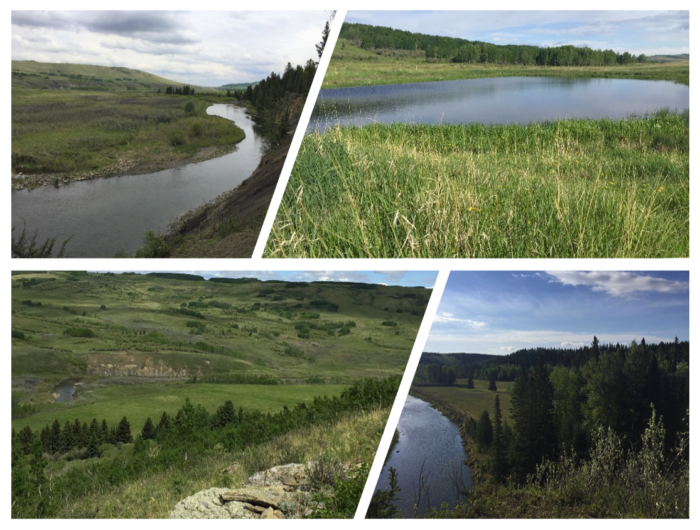 This project is an unprecedented opportunity to secure three conservation easements on 4,700 acres of ranch lands vital to the protection of Calgary’s source watershed. These lands would build on existing easements for a total protected area of 6,750 acres (27 km2), twice the size of the nearby and impressive Glenbow Ranch Provincial Park.Calgary’s Framework for a Water Secure Future (2020), ‘One Calgary – One Water’ outlines the steps to safeguard our water supply for future generations. One of the framework’s three pillars is to manage and safeguard the source watershed. “Further land development” west of the Calgary is considered one of the highest risks to the city’s water.
This project is an unprecedented opportunity to secure three conservation easements on 4,700 acres of ranch lands vital to the protection of Calgary’s source watershed. These lands would build on existing easements for a total protected area of 6,750 acres (27 km2), twice the size of the nearby and impressive Glenbow Ranch Provincial Park.Calgary’s Framework for a Water Secure Future (2020), ‘One Calgary – One Water’ outlines the steps to safeguard our water supply for future generations. One of the framework’s three pillars is to manage and safeguard the source watershed. “Further land development” west of the Calgary is considered one of the highest risks to the city’s water.
The conservation easements would maintain the lands in a natural state and see them used for non-damaging activities (grazing, eco tourism, education, TV/film). Most importantly, the watershed benefits of filtration, storage, and slowing runoff, would be maintained. The lands in this project are uniquely valuable for Calgary’s source waters. They include over 10 kms of Jumpingpound Creek and adjacent natural landscapes. The Jumpingpound is comparable in size to many Alberta rivers and is the only trout spawning tributary of the Bow between Ghost and Bearspaw Dams.
As our population increases, housing developments expand, and climate change creates uncertainty, addressing urban water security is becoming urgent. This project is an investment in natural capital that will help protect our city’s water in perpetuity. The project aligns directly with the Foundation’s goal of “pursuing an environmentally sustainable future”, and specifically a sustainable future for Calgary. It is an excellent example of growing efforts to invest in nature-based solutions for climate change.This project will help to protect the quality of our water, and by extension, the quality of life for current and future generations.
ii’ taa’poh’to’p is the Indigenous strategy that guides UCalgary on its path of transformation and demonstrates their commitment to truth and reconciliation. This is systems change work that engages the entire organization and the people connected to it. The strategy itself and the projects presented have been developed and continue to be guided by Indigenous Elders and Traditional Knowledge Keepers, and Indigenous youth.
Through this work, UCalgary is strengthening relationships with Indigenous peoples and communities, working together to build knowledge and understanding of Indigenous ways of Being, Knowing, Doing, and Connecting into how they operate as an organization. This ultimately shapes the experiences of the people who come to Calgary’s largest post-secondary institution to learn, work, and participate in the UCalgary community. UCalgary is uniquely poised to support many Calgarians on their personal journeys of truth and reconciliation. As an educational institution, they have a mandate to ensure that students are receiving the correct historical education both in the classroom and across the campus. They have a responsibility to ensure that Indigenous ways of knowing are recognized and validated. They have a responsibility to disseminate research and education to the public in a culturally appropriate way. The UCalgary community is 40,000 strong and reach expands to the 140,000 Calgarians who are alumni of UCalgary and who continue to live and work in our city. UCalgary’s work has ripple effects in the lives of Calgarians, today, and it shapes Calgary’s future. The impact of this work will be felt more and more over time.
GuyTalk is an online interactive resource hub that supplies information, support, and referral services for men with family and relationship concerns. It will serve all men – those who have demonstrated abusive behaviours and want to change, those who have been harmed by family violence and abuse, and community supporters who see opportunities to help end family violence and abuse. We want to support men whose lives have been affected by family violence and abuse, and supply the tools for community members to become engaged bystanders. It will provide all men with the help and support they need to live healthier and fuller lives. GuyTalk will not only dramatically increase service accessibility and engagement locally, it will transform the way the family violence sector serves clients with a much more integrated model of engagement and increased organizational learning. Importantly, we believe this project has the potential to be a part of a long-term decrease in the rate of domestic violence in Calgary and our surrounding rural areas.
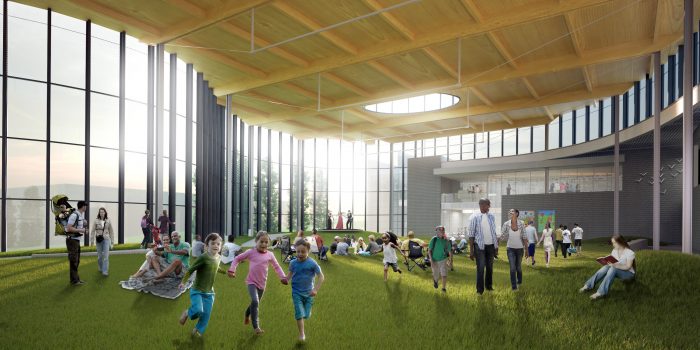 Vivo is working with the community to design and animate new, innovative spaces that combine eastern and western philosophies which unite all ages, abilities, and cultures. The expansion, with its one of a kind indoor park, enhanced fitness and pool areas, and the research and innovation centre will serve as a national role model for healthy living leadership.
Vivo is working with the community to design and animate new, innovative spaces that combine eastern and western philosophies which unite all ages, abilities, and cultures. The expansion, with its one of a kind indoor park, enhanced fitness and pool areas, and the research and innovation centre will serve as a national role model for healthy living leadership.
 City of Airdrie and Abrio Health have partnered to make Airdrie the Healthiest Community in Canada. This will be the first Blue Zones Project in Canada using this systemic approach to improve well-being. By optimizing the settings where we routinely spend our time – such as worksites, schools, restaurants, grocery stores and neighbourhoods – we make healthy choices easier and naturally adopt healthier behaviours together as a community. Together we will increase healthy life expectancy by 3 years.
City of Airdrie and Abrio Health have partnered to make Airdrie the Healthiest Community in Canada. This will be the first Blue Zones Project in Canada using this systemic approach to improve well-being. By optimizing the settings where we routinely spend our time – such as worksites, schools, restaurants, grocery stores and neighbourhoods – we make healthy choices easier and naturally adopt healthier behaviours together as a community. Together we will increase healthy life expectancy by 3 years.
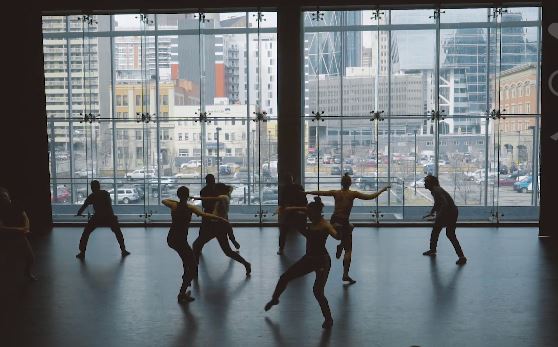 DJD has now completed their successful $28.5 capital campaign for the DJD Dance Centre which has quickly become a dance hub that is transforming community. Fifteen resident companies are using the new facility and thousands of Calgarians are attending shows, events, meetings, or taking a dance class. The buildings central location and welcoming design make it an integral part of our vibrant community.
DJD has now completed their successful $28.5 capital campaign for the DJD Dance Centre which has quickly become a dance hub that is transforming community. Fifteen resident companies are using the new facility and thousands of Calgarians are attending shows, events, meetings, or taking a dance class. The buildings central location and welcoming design make it an integral part of our vibrant community.

Calgary Opera Community – Arts Centre
The unique partnership between Calgary Opera and the Calgary Stampede offers possibilities for both organizations to effectively move beyond their traditional sector borders to connect with a wider base of Calgarians. The new 45,000 sq.-ft. multi-functional hub will include a flexible 400-seat performance/rehearsal hall, additional rehearsal, classroom and studio spaces, set-building, props and costume production shops and administrative areas for Calgary Opera and its arts partner groups.
“It won’t just be an opera hall — it will have space for dozens of art groups to use” – CBC article
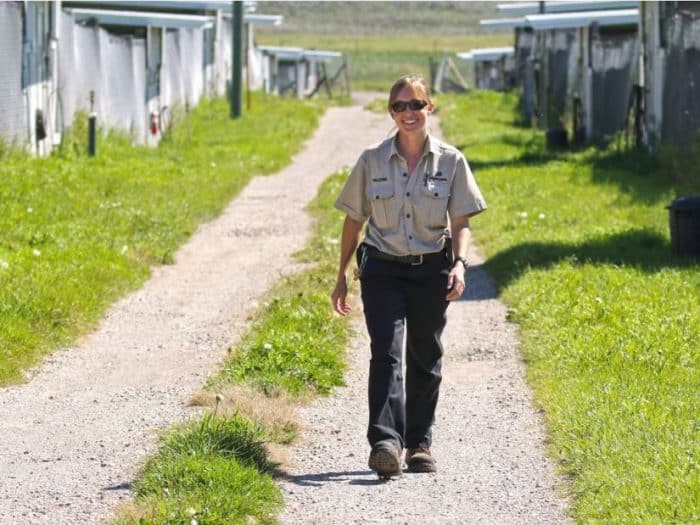 Saving Species: Wildlife Conservation Centre
Saving Species: Wildlife Conservation Centre
Calgary Zoo finalizing plans for new Wildlife Conservation Centre home. The only zoo in Canada with an off-site breeding facility, the centre will help to repopulate endangered species such as the whooping crane and the Vancouver Island marmot, two species that had fewer than 30 animals left on the planet at one point.
A crucial part of the Calgary Zoo that most visitors to the popular attraction don’t even know exists. – Calgary Herald article
 Generations: The Silver – Creek Legacy Build
Generations: The Silver – Creek Legacy Build
This is Habitat for Humanity Southern Alberta’s largest development to date, and will be a major contribution to Calgary’s affordable housing mix when completed in 2021.
It will see the construction of 32 townhomes in the family-friendly community of Silver Springs for sale to working families through Habitat’s affordable home ownership program.
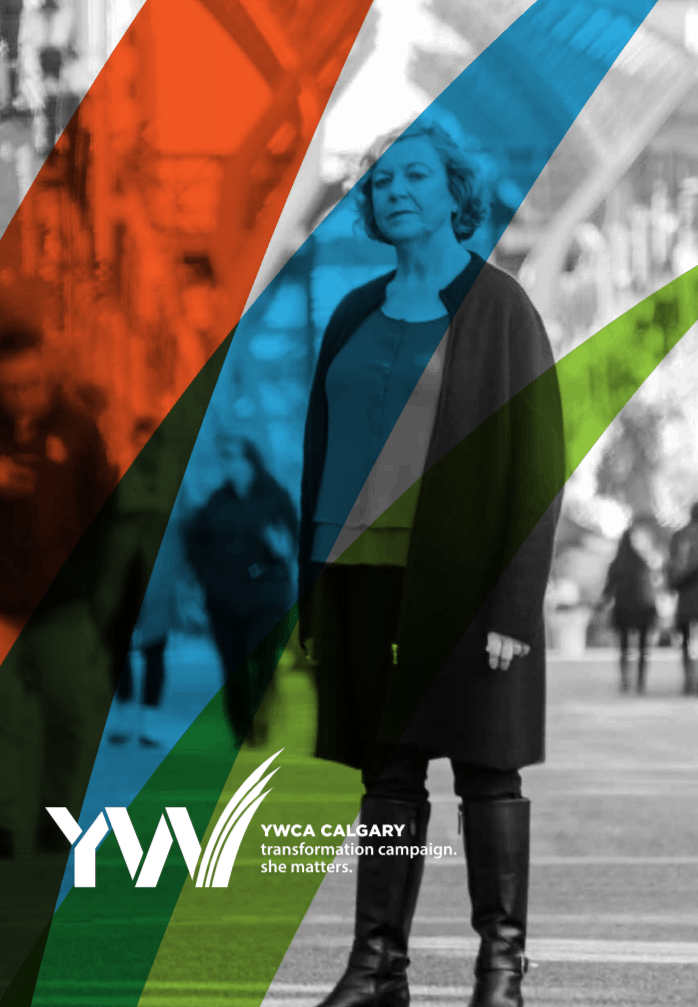 YW Calgary Transformation Project
YW Calgary Transformation Project
A new purpose-built Hub facility and renovated YW Sheriff King Home crisis shelter will offer wrap-around services to support women, with easy access to public transit and other community resources.
“It is important now more than ever before that YW Calgary have the facilities and resources to help women in challenging circumstances in our community to thrive and achieve prosperity. An investment in the YW Transformation Campaign truly is an investment that will pay big dividends not only today but for generations to come.” -YW case study
Wellspring’s Carma House in northwest Calgary has been over-capacity for five years and currently supports more than 3,600 individuals living with cancer. To address the growing need, Wellspring Calgary’s Randy O’Dell House is set to be a new permanent location in the southeast community of Seton.
Parks Foundation Calgary announces Manmeet Singh Bhullar Park, paying tribute to one of Alberta’s greatest supporters of community. The legacy park is located along the Rotary/Mattamy Greenway in Taradale, Calgary, close to where Bhullar lived.
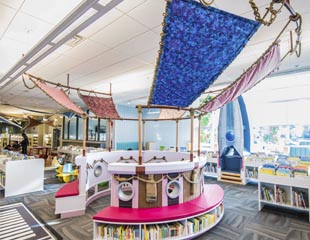 This grant supported the creation of a world leadership model for Library Early Childhood Learning. The Calgary Public Library designed and built four Early Childhood Learning Centres at Crowfoot, Saddletowne, Signal Hill and Forest Lawn (located in each of the four quadrants), provided critical training to enable staff and volunteers to support children and their families, and supported a robust evaluation framework and the creation of a how-to document for libraries worldwide.
This grant supported the creation of a world leadership model for Library Early Childhood Learning. The Calgary Public Library designed and built four Early Childhood Learning Centres at Crowfoot, Saddletowne, Signal Hill and Forest Lawn (located in each of the four quadrants), provided critical training to enable staff and volunteers to support children and their families, and supported a robust evaluation framework and the creation of a how-to document for libraries worldwide.
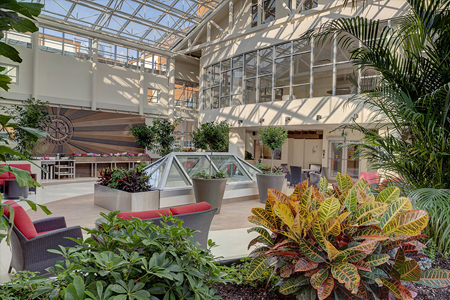 Dementia is a growing concern in Calgary. Over 13,000 Calgarians are believed to be diagnosed and living with Alzheimer’s disease and related dementias. While these numbers are significant, there is an even broader effect on the mental health of Calgarians. For each person diagnosed with dementia, it is estimated that another 10 to 12 individuals, including family members and caregivers, are directly impacted. Of those directly impacted, 75% suffer psychological impacts like depression and stress.
Dementia is a growing concern in Calgary. Over 13,000 Calgarians are believed to be diagnosed and living with Alzheimer’s disease and related dementias. While these numbers are significant, there is an even broader effect on the mental health of Calgarians. For each person diagnosed with dementia, it is estimated that another 10 to 12 individuals, including family members and caregivers, are directly impacted. Of those directly impacted, 75% suffer psychological impacts like depression and stress.
Bethany Riverview is a new comprehensive dementia-care residence being built in the Dover community in southeast Calgary. This 210-bed, $66 million facility is the heart of Bethany’s 12-acre Riverview Village, a “campus of care” that includes three independent living complexes and three affordable housing units. This campus is intentionally designed to integrate the care centre into its community. Riverview Village’s purpose is to make it possible for seniors to receive all levels of care in a common space and thus make it possible for Calgarians to truly age-in-place. The Bethany Riverview care centre is being purpose-built to house a new complex dementia care program, the most acute care offered in Calgary and Southern Alberta for those with dementia. This program partners with other long-term service providers and Alberta Health Services as it is the only long-term service provider who offers this level of care.
The Power of Potential Campaign was committed to raising $30-million dollars to greatly expand community services and reach more families in communities all over the city.
Launched in 2014, the campaign was to support the capital needs to operate three new city-built facilities, expand community programming and upgrade infrastructure at Camp Chief Hector YMCA. The new facilities include Remington YMCA in Quarry Park (2016), Shane Homes YMCA at Rocky Ridge (2018) and Seton YMCA (2019).
YMCA reaches its ‘Power of Potential’ – Calgary Herald article
 Fort Calgary to undergo major expansion as it seeks to become more inclusive.
Fort Calgary to undergo major expansion as it seeks to become more inclusive.
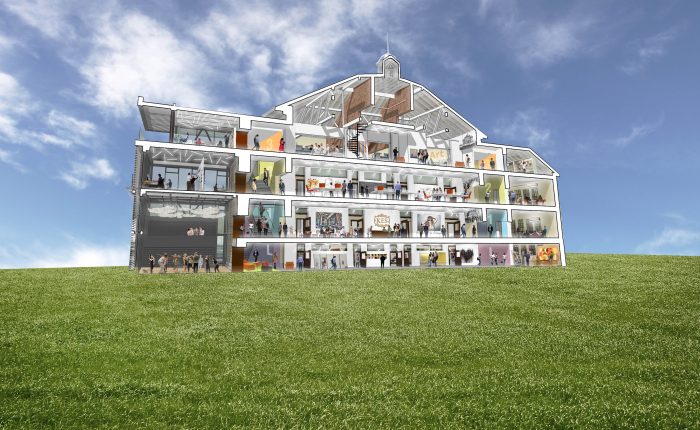
The King Edward School was built with sandstone in South Calgary in 1912, closed by the school board in 2001 and is about to rise again – as cSPACE King Edward. A 47,000-square-foot creative hub and arts incubator for a diverse group of artists and arts organizations. It will have studios, offices and production facilities, as well as exhibition and performance spaces – including a 130-seat theatre built in a new glass wing.
Calgary’s King Edward School to be reborn as creative hub cSPACE – Globe and Mail article
First Nations, Métis and Inuit peoples have concepts of rights and responsibilities based on worldviews in which everyone and everything is interrelated.
In one of the most dramatic spaces of the Museum, the focus is a circular theatre of curved wooden slats, some of which include original works of art. The theatre will play a 360-degree film that shares stories of Indigenous rights and responsibilities, as told through four different generations.
 Calgary Foundation CKUA Studio at the National
Calgary Foundation CKUA Studio at the National
Music Centre CKUA’s new Calgary studio will be housed in the restored, legendary King Eddy Hotel portion of Studio Bell, home of the National Music Centre. Located at street level, the studio will be visible to the public and will be CKUA’s first publically accessible radio station in Calgary.
Calgary Foundation saw that the CKUA/NMC partnership presented a unique opportunity to bring the local arts and music scene to larger audiences throughout Alberta and across the world—and to give CKUA a Calgary home in the new NMC.
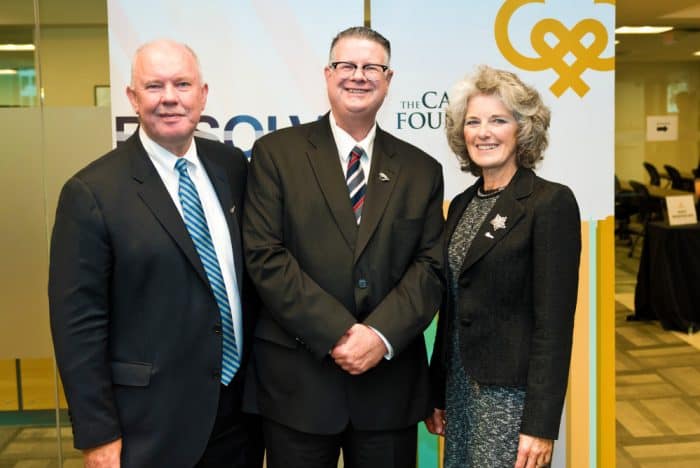 The RESOLVE Campaign: Making Calgary a better home for everyone
The RESOLVE Campaign: Making Calgary a better home for everyone
RESOLVE’s mission is to create affordable rental housing with supports for up to 3,000 vulnerable and homeless Calgarians. Nine social service agencies are working together in this first-of-its-kind collaborative Campaign to make these homes a reality.
 The Nature Conservancy of Canada – Waldron Project
The Nature Conservancy of Canada – Waldron Project
The purpose of this grant is to help fund the purchase of a conservation easement on the largest block of deeded land located along highway 22 in the eastern slopes of southern Alberta and thus conserve the natural and open space values of this magnificent property forever.
The Waldron Project contributes to the well-being of healthy communities by helping to maintain the health of critical lands and waters for all who are dependent upon clean water downstream of the eastern slopes of Alberta in the south Saskatchewan watershed.
The Waldron project also helps to sustain healthy communities by helping to reduce the risk of flooding for people located downstream of the Waldron. Because the Waldron is 99% grassland and approximately 90% foothills fescue it is able to absorb a significant amount of water and release it slowly over time. This helps to limit the risk of flooding for downstream users.
The native grasslands on the Waldron also act as one of the most efficient carbon sinks known.
Part of living in a healthy community is having the opportunity to be inspired by the natural areas and open spaces near it. In this case highway 22 travels right through the Waldron and it is one of the most inspiring landscapes in Canada as it travels north across the Oldman river. Once a vehicle crosses the Oldman river on highway 22 going north the driver and passenger will be travelling through the Waldron.
Approximately 1.3 million people a year travel though this massive and inspiring grassland basin.
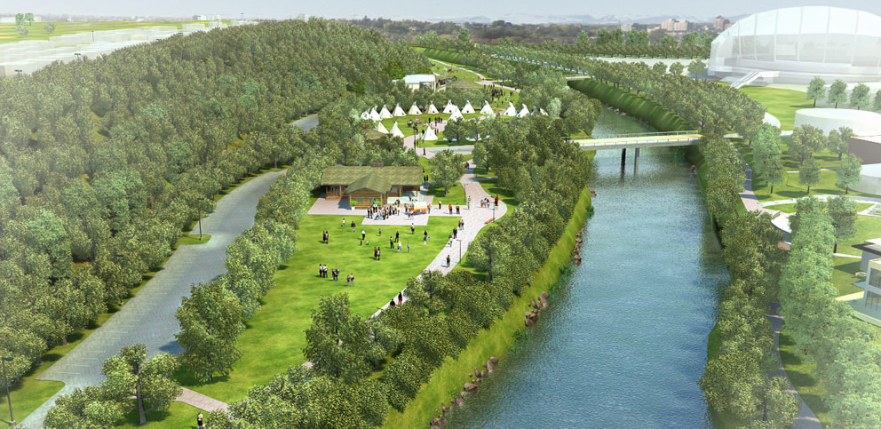 The Calgary Stampede and Calgary Stampede Foundation’s collective vision is to promote community spirit; celebrate arts and culture; strengthen connections between rural and urban communities; deliver exceptional experiences; develop our youth into spirited citizens; and create spaces alive with programs and events.
The Calgary Stampede and Calgary Stampede Foundation’s collective vision is to promote community spirit; celebrate arts and culture; strengthen connections between rural and urban communities; deliver exceptional experiences; develop our youth into spirited citizens; and create spaces alive with programs and events.
Riverfront Park is at the heart of this vision and will be a vital green space for festivals, recreation and educational programming that is easily accessible from all quadrants of the city. It will be a gathering place for the community to participate in small and large celebrations and festivals, and engage in exciting on-site programming. Flexible and inviting spaces will encourage small and large-scale gatherings from family picnics to cultural and community festivals.
The park will be the new home to Elbow River Camp during the 10-days of Stampede and a place for Aboriginal programming year-round. The five tribes of Treaty 7 First Nations will have the opportunity to share and preserve their history and culture on one of the sites of their ancestral encampments. More than 400,000 visitors annually visit Elbow River Camp to learn more about First Nations culture and heritage through programs, including tipi visits and conversations, youth interpretive programs, Pow Wow dance competitions, and tipi raising ceremonies to name a few.
An urban oasis adjacent to some of Calgary’s fastest growing communities, Riverfront Park will be a reclaimed green space connected to the city’s extensive pathway system. Revitalization plans for the park include the retention of old growth trees along the river and the addition of 200 trees and 800 shrubs as part of the remedial landscaping. It will extend the learning environment of Youth Campus as an outdoor classroom and tell the story of environmental stewardship. The park will also feature the Cenovus Legacy Trail: a 650 meter long pathway that will bring our history and heritage alive through five public art pieces and interpretive signage winding along its length. An existing building in the park will be converted into a year-round space for Aboriginal and community programs.



